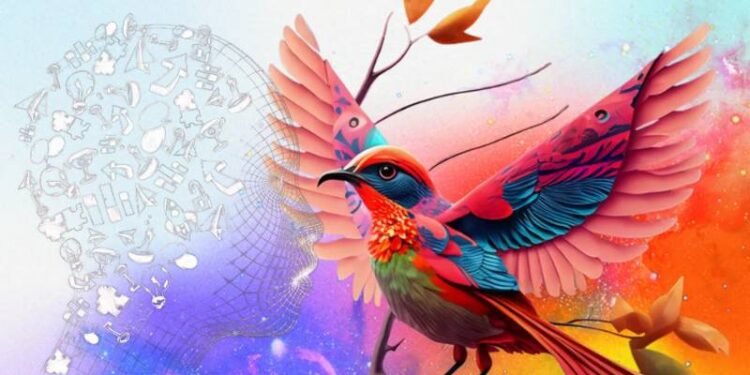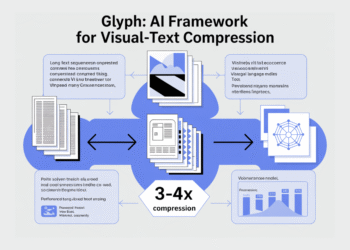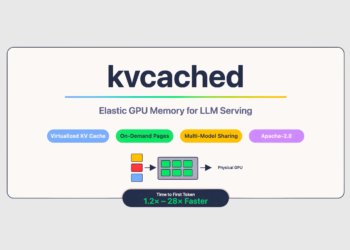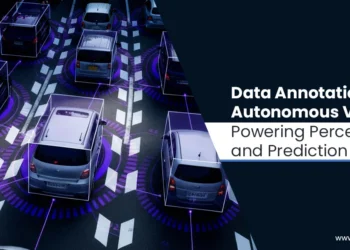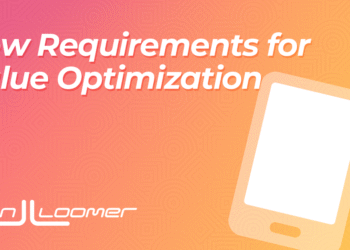There’s a new buzz rippling through the creative world, and it’s not just the caffeine from another late-night design sprint.
Adobe has done it again — unveiling a flurry of updates to its Firefly platform that are rewriting the rulebook on what it means to create.
At Adobe MAX 2025, the company introduced not just upgraded AI models, but a vision for a future where art and automation chat like old friends.
You’ve probably seen Firefly pop up before — it’s that neat tool tucked inside Photoshop and Illustrator that lets you summon images, edit scenes, or change styles with nothing but a line of text.
But now, Adobe has turned up the heat: Firefly’s new “Image Model 5” produces lifelike textures and lighting that make even seasoned artists do a double-take.
One tech columnist described the update as “a leap toward creative telepathy,” where the line between imagination and output blurs beyond recognition.
And here’s the kicker — Adobe’s also adding AI agents. Not just chatbots that fetch filters or suggest edits, but contextual aides that actually learn your creative quirks.
Imagine this: you’re editing a portrait, and Firefly casually nudges, “Want me to match the background lighting to the subject’s skin tone?”
Suddenly, collaboration feels less robotic and more like working with a friend who gets your vibe.
According to coverage from Windows Latest, the race to integrate similar agents into everyday apps is heating up fast — Adobe’s move just raised the bar for everyone else.
But not everyone’s cheering from the sidelines. Some industry voices whisper concerns about creative authenticity — can an artist still claim full authorship when the pixels are co-painted by a neural net?
A recent Financial Times report even highlighted how image-generation tools are already being misused in fraud schemes, a dark mirror to their potential for beauty.
It’s that fine line between liberation and chaos that makes this AI wave so intoxicating — and so unpredictable.
What fascinates me most, though, is the cultural shift happening in real time. Designers are talking less about tools and more about collaboration styles — as if creativity itself has gone multiplayer.
In a way, Adobe’s new Firefly feels like a gentle invitation to drop the perfectionism and play again.
Like other innovators in generative art, it’s trying to make creation feel spontaneous, conversational — even a little messy.
Of course, the skeptic in me still wonders: does convenience kill craft, or just evolve it?
Maybe the magic of this moment is that nobody really knows.
What’s clear is that we’re inching closer to an era where our design software doesn’t just obey — it understands.

